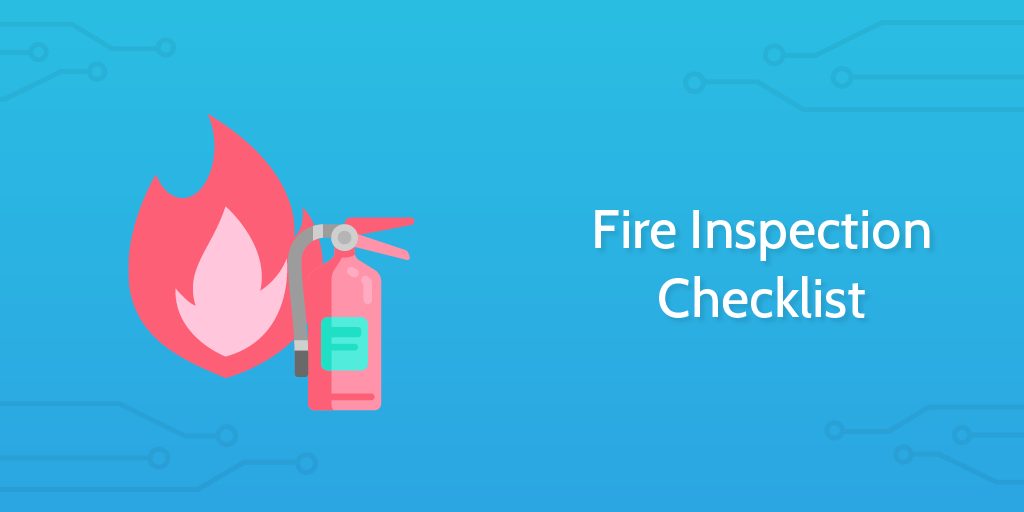In this Process Street Fire Inspection Checklist, we cover how to run a fire safety inspection on a residential or commercial building.
This inspection should be run annually at least. The more regular the checks, the higher the levels of safety provided.
Throughout the checklist, there will be sub checklists for each section to explore a more detailed assessment of the areas.
All information entered into the form fields throughout will be recorded in the template overview tab. This displays the data in a table format with drag and drop columns. You can export this data as a CSV file for internal storage.
You can watch the video below for inspiration.

